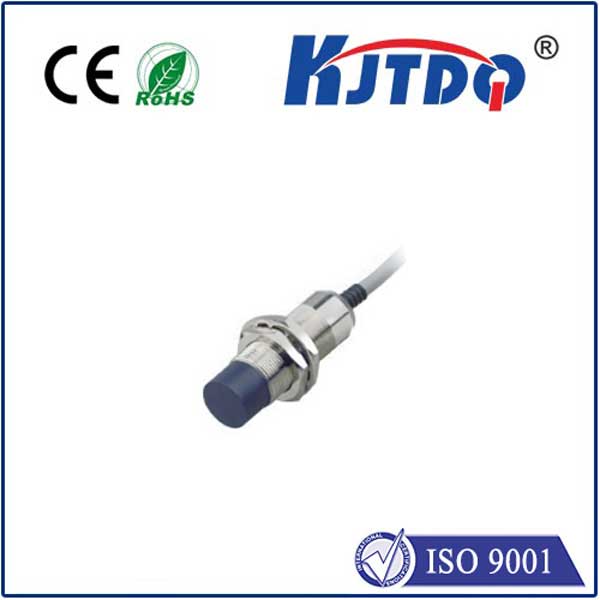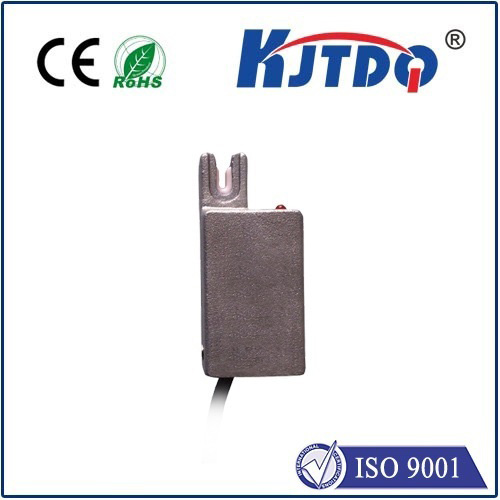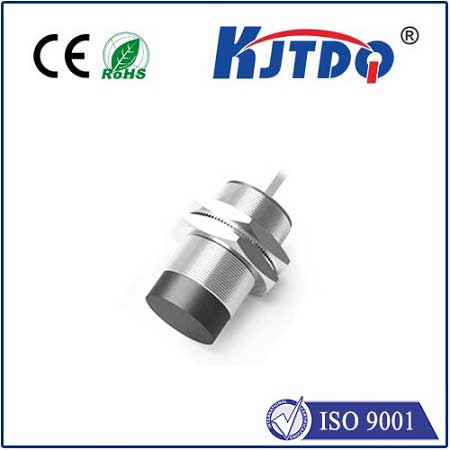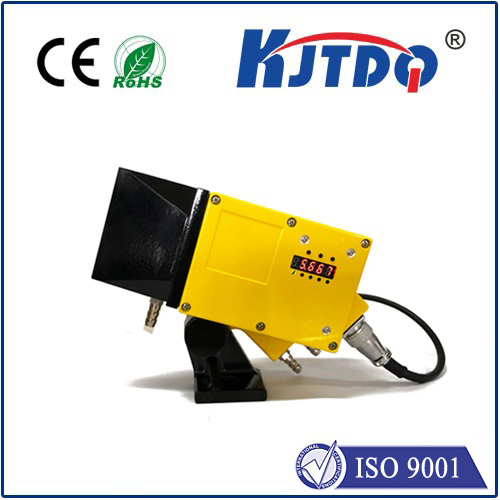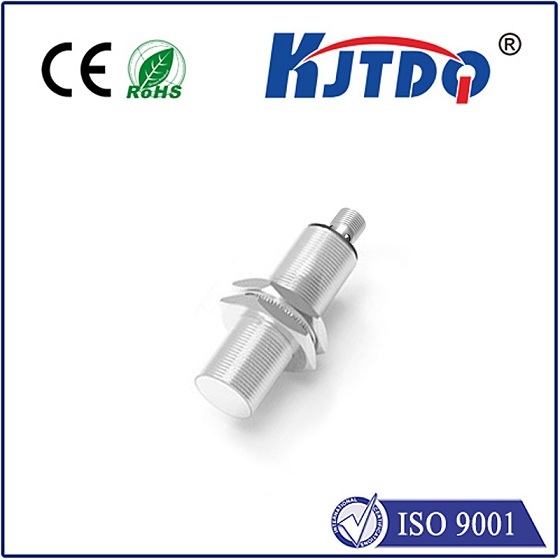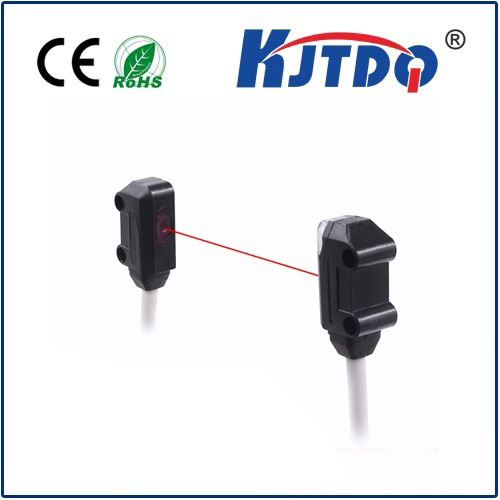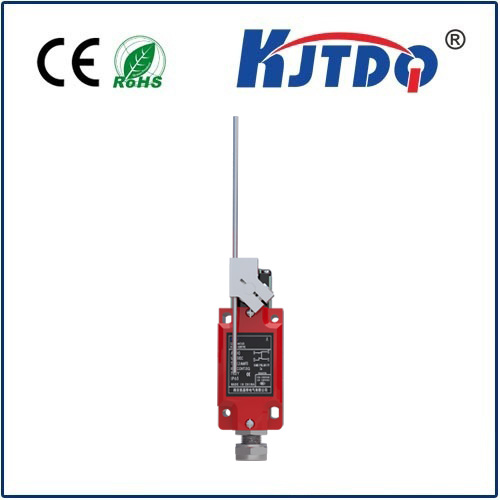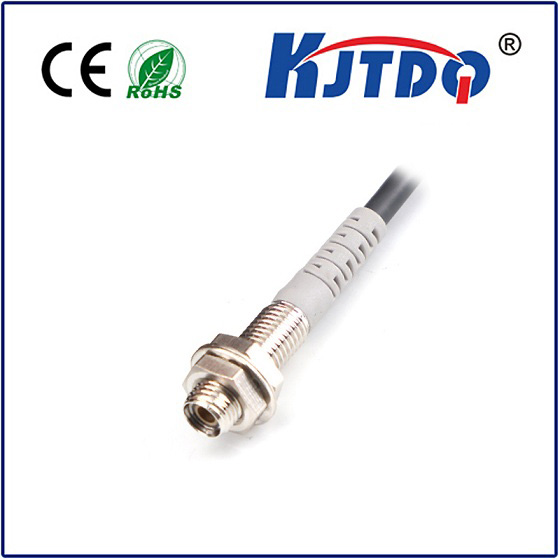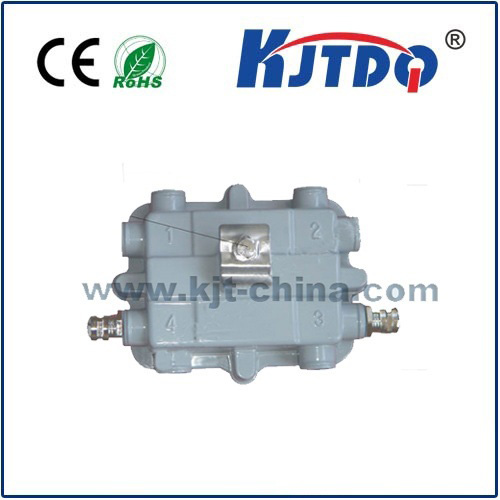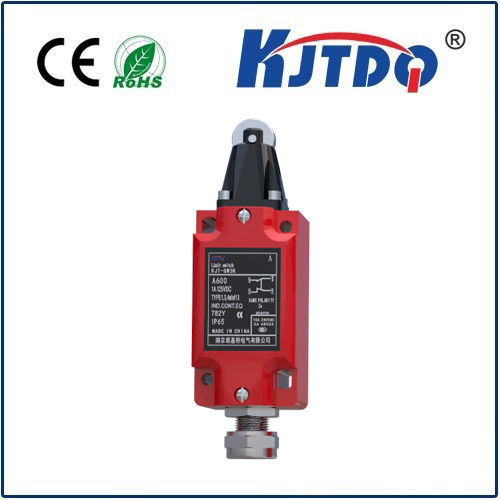
check

check

check

check
Photoelectric Sensor for Counting: Revolutionizing Data Collection and Analysis
In the modern era of technology, data has become an invaluable resource. With the advent of digitalization, businesses and organizations are constantly seeking ways to collect and analyze data efficiently. One tool that has emerged as a revolutionary solution for this purpose is the photoelectric sensor for counting. In this article, we will delve into the world of photoelectric sensors and explore their significance in the realm of data collection and analysis.
What is a Photoelectric Sensor?
A photoelectric sensor is a device that uses light to detect objects or measure distances. It consists of a light source, typically an LED or laser diode, and a photodetector that measures the intensity of the reflected light. When an object passes through the sensor's field of view, it disrupts the light beam, causing a change in the output signal of the detector. This change can be used to count the number of objects passing through the sensor's field of view.
Applications of Photoelectric Sensors in Counting
Photoelectric sensors have a wide range of applications in various industries due to their ability to accurately count objects. Some of these applications include:

1. Manufacturing industry: In manufacturing processes, photoelectric sensors are used to count the number of products produced, ensuring accurate production counts and reducing errors. They are also used in packaging machines to count and sort products before they are packaged.
2. Retail industry: In retail stores, photoelectric sensors are used to count the number of customers entering and exiting the store, providing valuable data on foot traffic patterns and customer behavior. This information can be used to optimize staffing levels and improve store layout.
3. Traffic management: Photoelectric sensors are commonly used in traffic monitoring systems to count vehicles passing through intersections or along highways. This data can be used to analyze traffic patterns, identify congestion points, and implement measures to improve traffic flow.
4. Agriculture: In agriculture, photoelectric sensors are used to count livestock as they pass through gates or chutes. This information is crucial for managing herd sizes, tracking animal movement, and ensuring proper vaccination protocols are followed.
Advantages of Using Photoelectric Sensors for Counting
There are several advantages to using photoelectric sensors for counting, including:
1. High accuracy: Photoelectric sensors are highly accurate in detecting objects, making them ideal for counting applications where precision is crucial.
2. Non-contact measurement: As photoelectric sensors use light beams to detect objects, there is no physical contact between the sensor and the item being counted. This eliminates the risk of damage to either the sensor or the object being counted.
3. Versatility: Photoelectric sensors can be used to count a wide range of objects, from small components in manufacturing processes to large vehicles on highways. Their flexibility makes them suitable for various applications across different industries.
4. Easy integration: Photoelectric sensors can be easily integrated into existing systems and equipment, making them a cost-effective solution for upgrading current counting systems.
In conclusion, the photoelectric sensor for counting has revolutionized the way data is collected and analyzed in various industries. Its high accuracy, non-contact measurement capability, versatility, and easy integration make it an essential tool for businesses and organizations looking to streamline their counting processes and gain valuable insights from their data. As technology continues to advance, we can expect photoelectric sensors to play an increasingly important role in shaping our future.
